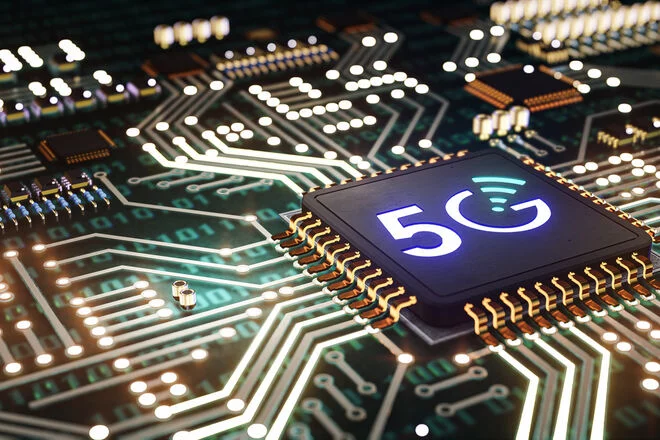April 3, 2019, former Olympic figure skating champion Yuna Kim became the world's first 5G subscriber. The advent of 5G technology heralds an era when people will finally transcend time. Now we will forget about delays in receiving or transmitting information anywhere in the world. 5G networks are not yet fully operational, and the effects of this technology are still being understood, but it will not be long before subscribers can take advantage of its full-fledged services.
But are time delays so terrible for the industry? When autonomous robots detect an error and stop work in the plant, there is a time delay before the signals detected by the sensors can be processed and transmitted to the control unit. To solve this problem, special programs that perform arithmetic calculations must be installed, which will lead to an increase in the cost of equipment. If the equipment is managed online using cloud technologies, the amount and cost of the required equipment can be significantly reduced. In this case, time matters. If the equipment can react faster than a person, this will be an important breakthrough.
At present, in order to control the production processes of the steel plant with minimal delays, its control center is located directly at the enterprise. However, if the signals can be transmitted uninterruptedly and ultra-fast over long distances, the dispatching complex can be located anywhere and simultaneously control several enterprises of the same type.
What about the personnel in enterprises? Many companies are holding online meetings these days. Video conferencing may fail if the video and audio speeds are not satisfactory. This problem can be solved with 5G technology. In such online meetings, people can feel like they are talking to each other face to face without any communication delay. If you add a 3D holographic image at the same time, it will be like talking to a real person, even if he is actually on the other side of the world.
The commercialization of 5G technology will quickly change society. Expanding coworking spaces will be the next step in changing the work ecosystem. If large companies and government agencies place co-working spaces near residential areas where their employees live, this will significantly reduce the time and material costs of staff logistics. And that's not even taking into account the reduction in the "carbon footprint" due to the reduction of work traffic!
Fewer people will buy cars. Already, there has been a significant decline in car sales in New York, Tokyo and other major cities. Even the number of issued driver's licenses is declining. This approach is changing the landscape of the automotive industry.
Today it is customary to share one desk at the workplace with several colleagues. It doesn't take long to move from desktop sharing to remote office sharing. People will have more business opportunities when they meet other people from different teams or companies and can exchange ideas.
Autonomous cars are the future already realized. These vehicles collect traffic information to find the best routes and identify risks by tracking the movement of nearby vehicles using active sensors. The technology of intelligent autonomous cars will develop due to a significant increase in the speed of communication with cloud servers responsible for processing information using “big data”. 5G technology will help complete the real-time intelligent control systems needed for autonomous vehicles.
The changes in the coming years or decades will be more significant than those that occurred in the last century. The way of life of people will change, which will entail changes in the production and consumer sphere, which will lead to a new order. The question is who will be the first to take advantage of these opportunities. In the materials industry, companies that are the first to adapt to the new rules of the game will undoubtedly become leaders.
On the other hand, the Korea Institute of Metals and Materials (KIM) has outlined five future challenges related to materials:
- The problem of adaptation to the "new climate regime";
- Preparing for a super-age society;
- Disaster management;
- Continuous economic growth;
- A society with very close ties within.
KIM suggested material types to address these five challenges:
- Climate Responsive Content
- Biomaterials for health
- Safe Materials
- Sustainable materials,
- Smart materials.
For the steel industry




